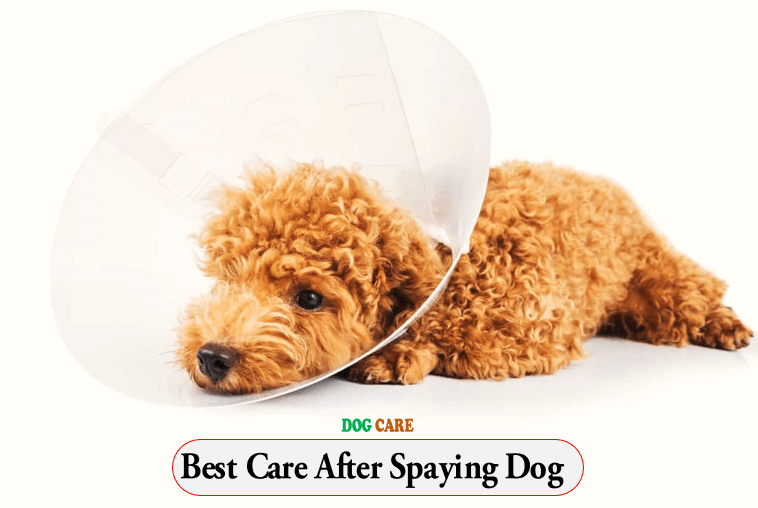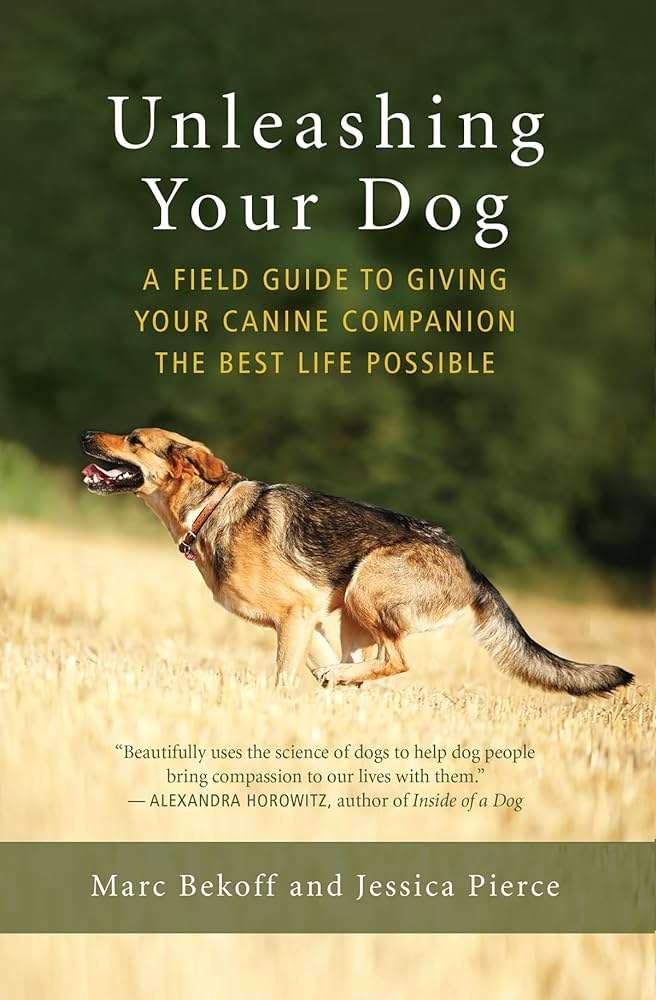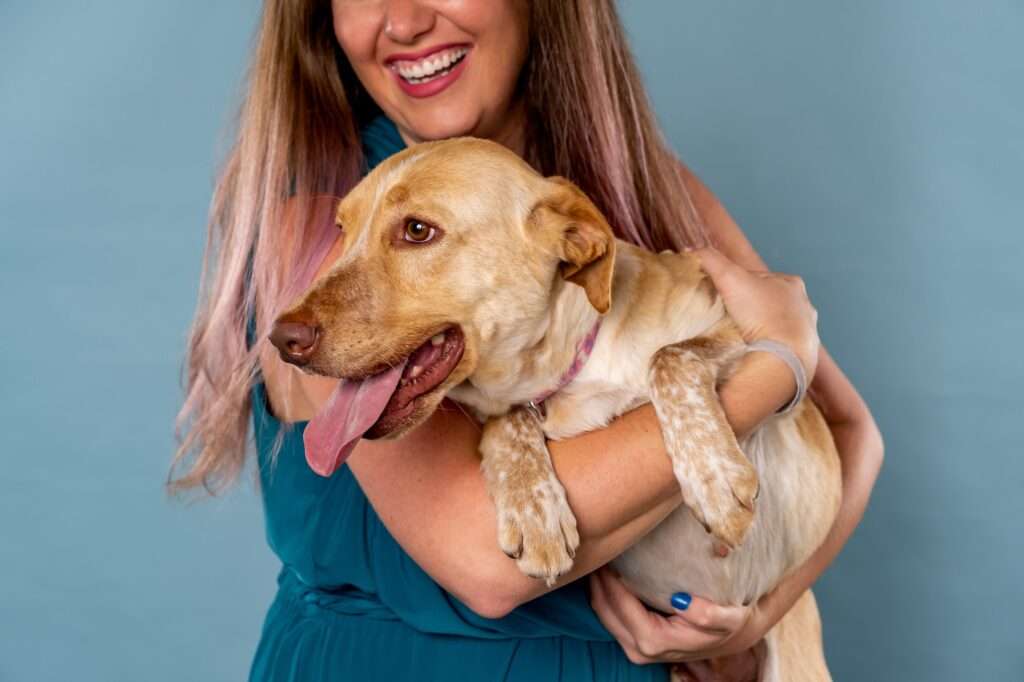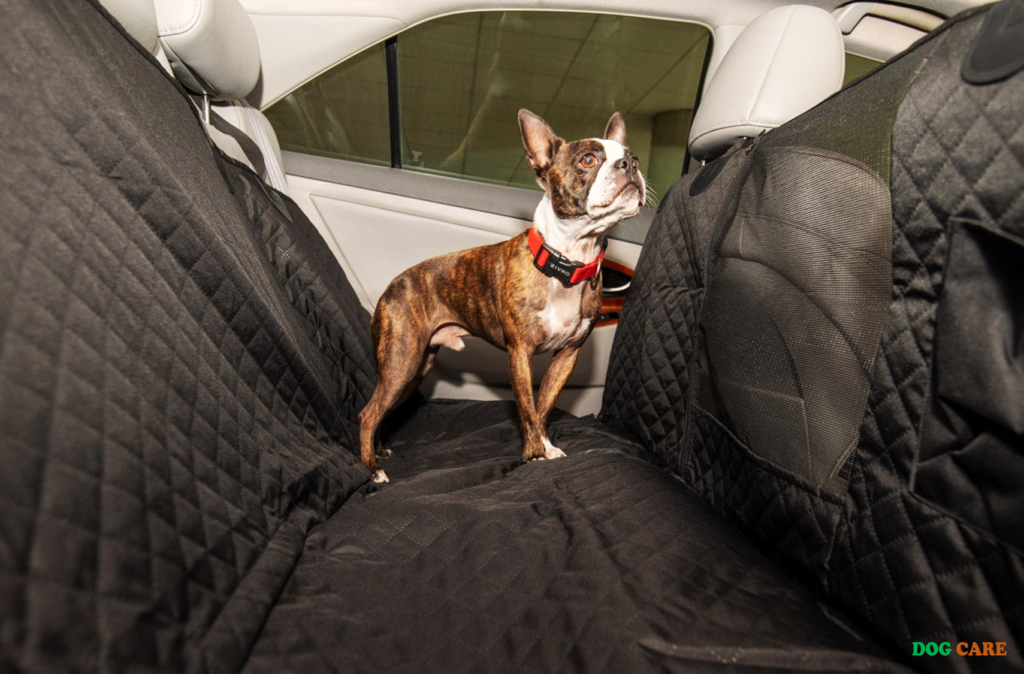Best Care After Spaying Dog – Proper care after spaying your dog involves monitoring the incision site and preventing excessive activity to ensure a smooth recovery. Spaying, also known as ovariohysterectomy, is a surgical procedure performed on female dogs to remove their reproductive organs.
After the surgery, it is crucial to follow specific care instructions to support your dog’s healing process. Firstly, keep a close eye on the incision site for any signs of infection, such as redness, swelling, or discharge. Prevent your dog from licking or chewing the incision by using an Elizabethan collar or other protective measures.
Additionally, limit your dog’s physical activity, including exercise, for the first week or as advised by the veterinarian. This prevents any strain on the incision site and allows it to heal properly. Feeding your dog a balanced diet and providing access to plenty of fresh water is also essential for a healthy recovery. Follow any medication or post-operative instructions provided by your veterinarian. By providing appropriate care after spaying, you can help your dog recover smoothly and ensure her long-term well-being.

Preparing For Dog’s Spaying Surgery – Best Care After Spaying Dog
After spaying your dog, it is important to provide proper care to ensure a smooth recovery. This may include monitoring the incision site, limiting activity, and administering prescribed medication. Regular check-ups with your veterinarian are also essential.
Preparing for your dog’s spaying surgery is an important step in ensuring a smooth and successful procedure. By taking the time to schedule a veterinary appointment and follow the necessary pre-surgery instructions, you can help minimize any potential risks and ensure the best possible care for your furry friend.
Schedule A Veterinary Appointment
The first step in preparing for your dog’s spaying surgery is to schedule a veterinary appointment. Contact your trusted veterinarian and inform them about your dog’s upcoming surgery. They will provide you with the necessary information and guidance to ensure a successful procedure.
This appointment is crucial as it allows the veterinarian to assess your dog’s health and determine if there are any underlying conditions that need to be addressed before the surgery. Additionally, the veterinarian can provide you with specific instructions on what to do before the surgery, such as fasting guidelines or any required vaccinations.
Follow Pre-surgery Instructions
Once you have scheduled the veterinary appointment, it’s essential to follow any pre-surgery instructions provided by the veterinarian. These instructions are designed to prepare your dog for the surgery and minimize any potential complications. They may include guidelines on fasting, which usually involves refraining from feeding your dog for a specific period before the surgery.
This fasting period allows your dog’s stomach to be empty, reducing the risk of aspiration during the procedure. Furthermore, your veterinarian may also recommend limiting your dog’s water intake to prevent them from getting too thirsty or having a full bladder during the surgery.
In addition to fasting instructions, your veterinarian may advise you on any medications or supplements that need to be temporarily paused or adjusted before the surgery. Certain medications can interfere with the anesthesia or surgical outcome, so it’s crucial to follow their guidance carefully. It’s also essential to keep your dog calm and relaxed before the surgery. Minimize any stressful situations or excessive physical activity, as it can increase the risk of complications during the procedure.
By scheduling a veterinary appointment and adhering to the pre-surgery instructions, you are taking proactive steps to ensure a successful spaying surgery for your beloved dog. Remember, proper preparation and care are key to a healthy and speedy recovery for your furry friend.
Immediate Post-surgery Care
After spaying a dog, immediate post-surgery care is crucial. Maintain a clean incision site, monitor for any signs of infection or complications, provide prescribed medications, and restrict physical activity to promote a smooth recovery.
Monitor The Dog’s Vital Signs
After your dog has undergone spaying surgery, it is essential to closely monitor her vital signs. Keep an eye on her breathing pattern, heart rate, and body temperature to ensure everything is within normal range. Check her breathing by observing the rise and fall of her chest, and count her breaths per minute. A healthy resting heart rate for a dog is typically between 60 to 100 beats per minute.
Furthermore, you’ll want to check her body temperature to ensure she maintains a proper level of warmth. A dog’s normal body temperature should range between 99.5 and 102.5 degrees Fahrenheit. You can use a rectal thermometer to take her temperature, but be sure to do so gently and with caution.
Keep The Dog Warm And Comfortable
During the immediate post-surgery period, it’s crucial to keep your dog warm and comfortable. After the anesthesia wears off, she may feel a bit chilly and disoriented. Provide a cozy and quiet resting area, away from drafts and noise, where she can relax and recover.
Consider using a soft and supportive bed or blankets to help her feel secure and comfortable. If the weather is cold, you may want to provide additional warmth by placing a heating pad or a warm water bottle wrapped in a towel near her, but remember to set it on a low or medium setting to prevent burns. Don’t forget to monitor the temperature of the heating source regularly.
Moreover, make sure to check the surgical site for any signs of bleeding, swelling, or discharge. If you notice any abnormal symptoms or behavior, contact your veterinarian immediately for further guidance and advice.
Summary:
Immediate care after spaying your dog involves monitoring her vital signs, including breathing, heart rate, and body temperature. Keep her warm and comfortable by providing a cozy resting area, away from drafts and noise. Monitor the surgical site for any signs of complications and contact your vet if you have any concerns.
Managing Pain And Discomfort
After spaying your dog, it is important to manage their pain and discomfort. Ensure they receive proper care, including medication, soothing techniques, and a comfortable environment, to help them recover quickly and comfortably.
Managing Pain and Discomfort Administer Prescribed Pain Medication To ensure your dog’s comfort after spaying, it is essential to administer the prescribed pain medication. Follow your veterinarian’s instructions carefully when it comes to dosage and frequency. Give the medication with food to prevent any potential stomach issues.
If you notice any adverse reactions or if the pain seems to persist, contact your vet immediately. Use Ice Packs on the Surgical Site Using ice packs on the surgical site can be helpful in reducing pain and swelling. Wrap the ice pack in a towel and gently apply it to the area for short periods of time, ensuring not to apply it directly to the skin. This will provide relief for your dog and aid in a quicker recovery.
Remember to limit the duration of the ice pack application to avoid any harm to the skin. In addition to these specific measures, there are some general tips to keep in mind when managing your dog’s pain and discomfort after spaying. These include: – Providing a quiet and comfortable space for your dog to rest and recover. – Keeping your dog from engaging in excessive physical activity that could strain the surgical site. – Monitoring the incision site for any signs of infection such as redness, swelling, or discharge. – Restricting access to stairs or furniture, as jumping and climbing can put strain on the incision. – Ensuring your dog has access to fresh water and a balanced diet to support their healing process.
By following these guidelines, you can help alleviate your dog’s pain and discomfort after spaying, ensuring a smooth recovery process. Remember to consult with your vet for specific instructions tailored to your dog’s needs.
Diet And Nutrition For A Speedy Recovery
Offer Small, Frequent Meals: Providing small, frequent meals is crucial to support your dog’s recovery after spaying. Rather than giving your furry friend large portions, opt for smaller meals spread throughout the day. This will prevent any discomfort or digestion issues and ensure a smoother healing process. Remember to consult with your veterinarian to determine the appropriate portion size and frequency based on your dog’s individual needs.
Provide a Balanced Diet: A balanced diet is essential for your dog’s overall health, but even more so during the recovery period after spaying. Your dog will require extra nutrients and vitamins to support tissue repair and strengthen their immune system. Ensure that their meals consist of a mix of quality proteins, carbohydrates, healthy fats, and fiber. Incorporating different food groups will promote faster healing and provide the necessary energy. Consider discussing with your veterinarian about specific dietary recommendations for your dog’s post-surgery care.
Exercise And Activity Restrictions
After spaying your dog, it’s important to be mindful of their exercise and activity levels to aid in their recovery. Excessive physical activity can hinder the healing process, leading to complications. To ensure optimal healing and reduce the risk of injury post-surgery, it is crucial to follow specific exercise and activity restrictions.
Limit Physical Activity
During the recovery period, it’s essential to limit your dog’s physical activity to allow their body to heal properly. While every dog’s recovery time may vary, it’s generally advised to restrict strenuous exercise, including running, jumping, and playing fetch, for at least two weeks post-surgery. This will prevent unnecessary strain on the surgical site and minimize the risk of post-operative complications.
Instead, opt for short, controlled walks on a leash to provide mental stimulation and keep their muscles lightly active. However, it’s important to avoid walks that are too long or rigorous, as this can impede the healing process. Starting with five to ten-minute walks a few times a day and gradually increasing their duration as your dog’s recovery progresses is a safe approach.
Prevent Jumping Or Climbing
Another critical aspect of post-spaying care is to prevent your dog from jumping or climbing onto furniture, beds, or stairs. Jumping can cause strain on the incision site and disrupt the healing process. Consider limiting their access to higher surfaces or using a gate to block off staircases until they have fully recovered.
If your dog is accustomed to sleeping on your bed, provide an alternate sleeping arrangement on the floor or with a shorter bed that they can easily access without jumping. Encouraging your dog to use a ramp or stairs to access elevated surfaces, rather than jumping, can help prevent any post-operative complications.
Frequently Asked Questions On Care After Spaying Dog
How Long Before I Can Take My Dog Home After Spaying?
After spaying, your dog will usually stay at the veterinary clinic for a few hours to monitor her recovery from anesthesia. You can typically take your dog home the same day as the procedure, but it’s best to follow your vet’s instructions for post-operative care.
Can I Feed My Dog After Spaying?
It’s important to withhold food for a few hours before and after the spaying procedure to prevent any complications during anesthesia. Your vet will provide specific instructions about when and how to gradually reintroduce food to your dog’s diet after the surgery.
What Activities Should I Restrict After My Dog Has Been Spayed?
After spaying, you should restrict your dog’s physical activities for about 7 to 10 days to ensure proper healing. Avoid long walks, running, jumping, or any strenuous exercises. Leash walks for bathroom breaks are recommended during this recovery period.
When Can I Bathe My Dog After Spaying?
It’s generally recommended to wait until the stitches have been removed before giving your dog a bath. This can take around 10 to 14 days after the spaying procedure. It’s crucial to follow your vet’s instructions regarding post-operative care, including when it is safe to bathe your dog.
Conclusion
Ensuring proper care after spaying your dog is crucial for their health and well-being. By following these guidelines, you can minimize the risk of complications and promote a smooth recovery. Remember to provide a comfortable and quiet space for your dog, monitor their incision site, administer medication as prescribed, and watch out for any signs of infection or abnormalities.
Your furry friend will be grateful for your attentive care during this important post-surgery period.


